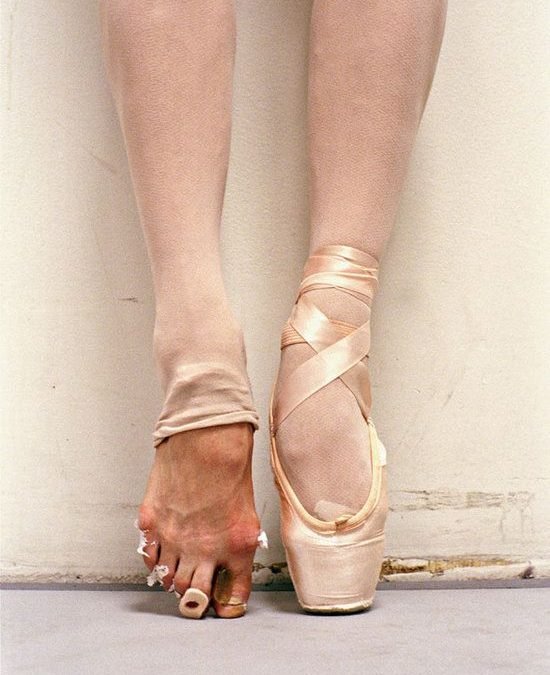ballet
pointe sock
Research & Strategy
Physical Prototyping
*Prototyped with limited materials & tools, during COVID.
1
Research
To augment my personal experience dancing in pointe shoes for 10 years, I conducted interviews and desk research.
key pain points
Uncomfortable & painful.
Lack of customization forces dancers to break the shoes before they wear them.
High risk of injury from worn-out or ill-fitting shoes.
Short lifespan: 2 days on average for professionals.
Expensive: $80/pair on average. NYC Ballet uses 8,500 pairs/season –– spending $680,000/season.
2
Ideation
1) Mindmapped the problem.
2) Connected the dots.
3) Defined a solution.
I stripped the pointe shoe TO ITS CORE COMPONENTS.
Then i put it back together.
The Pointe Sock is a fitted sock with pockets for replaceable components.
The components are custom 3D printed––from a scan of the foot––out of moisture-resistant material.
The one-piece skin-tight sock is breathable, sweat-absorbant, & tear-resistant.
Various levels of elasticity in the sock support the dancer’s technique, reducing risk of injury.
Embedded biometric sensors provide unprecedented visibility into the dancer’s health and disrupt ballet’s culture of neglecting the body’s limits.
3
concept sketches
4
LOW-RES PROTOTYPE
Material: Clay
orthogonal sketches
5
6
medium-res prototype
Material: Foam
7
high-res prototype
Materials: spandex/nylon + recycled pointe shoe components
8
component exploration
3D printed toe box for increased longevity
9
colorway
The original intention of pointe shoes was to elongate the leg of the dancer through skin-colored satin. The demographic of ballet dancers has since evolved beyond the “Ballet Pink” skin tone. The Pointe Sock is designed in 5 shades, with a matte fabric finish, to elongate the leg of every dancer seamlessly.











